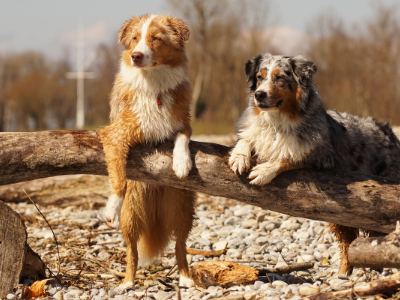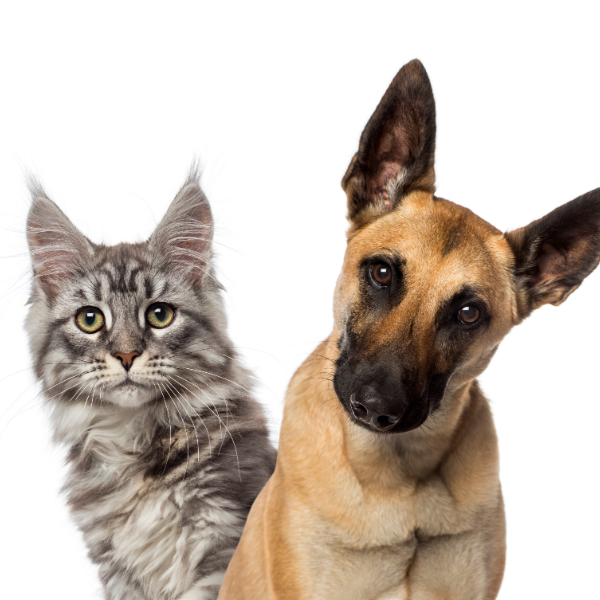Weight. Is your pet of ideal weight or is he/she heavier or lighter than you would like? Is your pet at his full adult weight or is he still growing? Depending on whether you want your pet to gain weight, lose weight or just maintain, the amount of food needed will vary. How his metabolism functions and his activity level will also play roles in how much to feed. Please refer to our rough guideline on how to feed your pet based on age and weight by clicking here.
Health Status. Does your pet have health problems that affect his metabolisms such as diabetes, hypo/hyperthyroidism, kidney, liver, or pancreatic disease? Illnesses like these can affect your pets' ability to metabolize and absorb food correctly. This must be taken into account along with all other factors.
Breed. Is your dog large or small? Active or more laid back? Is your cat hairless? Your pets' breed will partially indicate how much he/she will need to eat. If you have a working breed or a competitive agility dog, they will eat more for their body size than less active breeds of the same size. The Sphynx which is a hairless breed of cat generally needs more food per pound of bodyweight because they tend to get cold more easily than cats with fur.
Activity Level. The more they work, the more fuel they need. Simple as that. Don't be afraid to give a little extra on days where your dog runs further and longer. If your cat has access to the outdoors, they generally cover more ground each day and burn more calories. Indoor cats tend to need less food as they are more sedentary than outdoor cats.
Remember that you know your pet best and will notice small changes that others might miss. These changes in your pet will often help you to determine the best way to care for them at that particular time. Always go with your gut or, if you are not sure, ask for help from someone more experienced.



